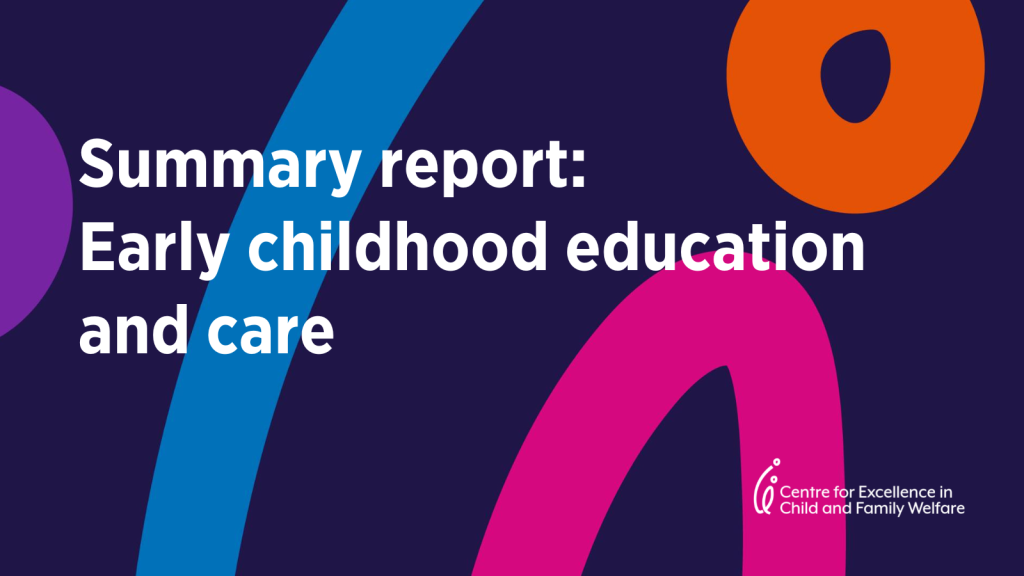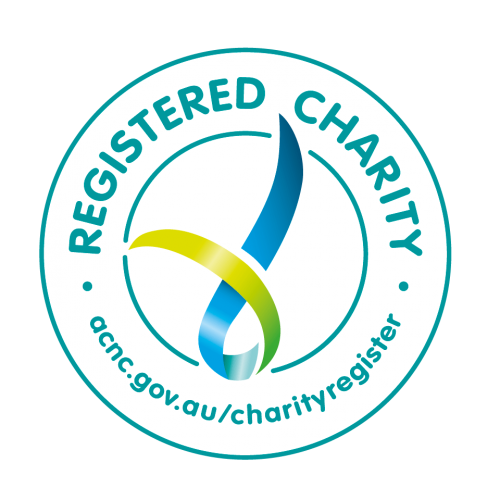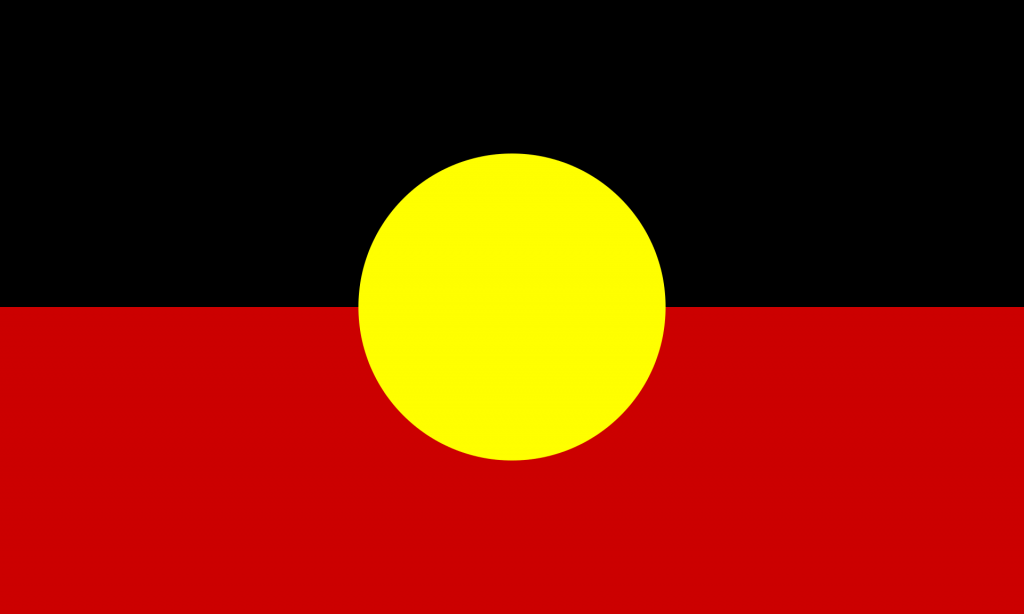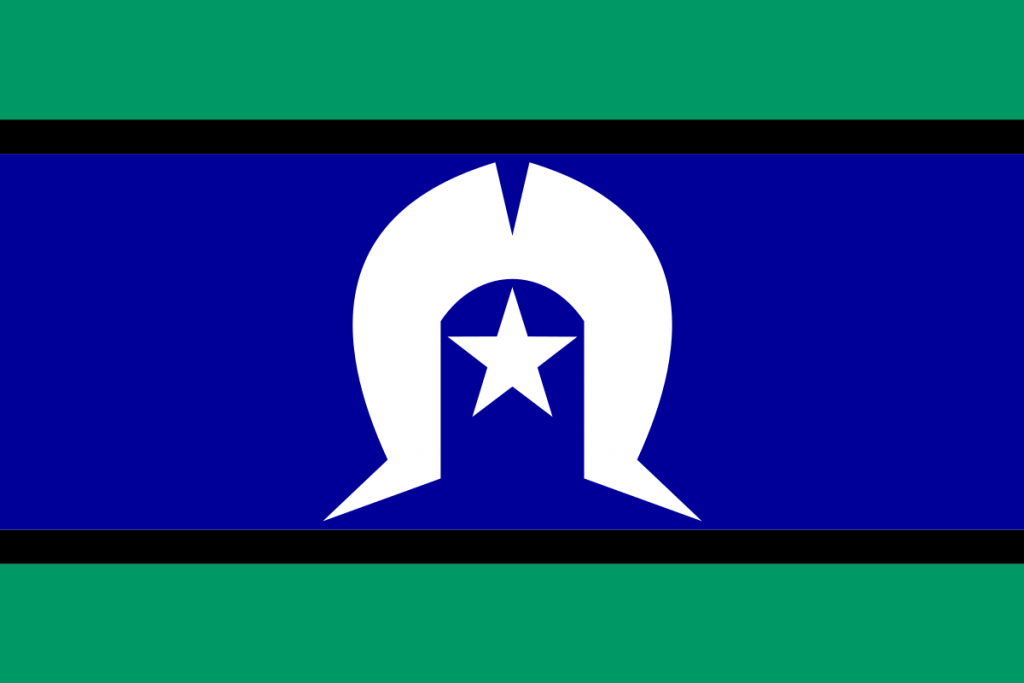The Productivity Commission has released its annual Report on Government Services, providing information on the equity, effectiveness, and efficiency of government services in Australia. Below are the relevant findings for the child and family services sector from 2021-2022.
Overview
Although the COVID-19 pandemic affected early childhood education and care (ECEC) across Australia, data reveals an increase in attendance in some domains, and only small deviations from previous data sets.
Nationally in 2022, 32.4 per cent per cent of children aged 0–12 years attended Australian Government Childcare Subsidy approved care, up from 27.3 per cent in 2013. In 2021, 87.2 per cent of children were enrolled in a preschool program in the year before fulltime schooling, up from 84.7 per cent in 2020 but down from 87.7 per cent in 2019. In 2021, 22.0 per cent of children in their first year of full-time schooling were developmentally vulnerable on one or more domains — slightly higher than 2018 and the same as 2015 and 2012.
There were a concerning number of serious incidents in early childhood and care services, with 2021-2022 having the second highest number of reported incidents for the six years of available data. The majority related to incidents involving the serious injury or trauma to, or illness of, a child (78.1 per cent of all serious incidents) followed by incidents where the attendance of emergency services was sought (or ought reasonably to have been sought) (12.5 per cent).
Data Summary
- ECEC participation by selected equity group
‘ECEC participation by selected equity groups’ is an indicator of governments’ objective to provide ECEC services in an equitable manner, and that there is access for, and participation of, Aboriginal and Torres Strait Islander, vulnerable and disadvantaged children.
– Nationally, children from selected equity groups had lower participation in child care than their
representation in the community, except for children with disability aged 0-5.
– Nationally, children from low socioeconomic and remote areas, from NESB and children with disability had lower participation in preschool in the Year Before Full Time Schooling (YBFS) than the representation of 4-5 year olds in the community. Participation was higher for Aboriginal and Torres Strait Islander children from regional areas.
– For children aged 3-5 years, participation of selected equity groups in a preschool program is generally lower than their representation in the community.
- ECEC Participation
ECEC participation’ is an indicator of governments’ objective to ensure that ECEC services are accessible.
– Nationally in 2022, 32.4 per cent of children aged 0-12 years attended Australian Government CCS approved child care, up from 27.3 per cent in 2013. Attendance by children aged 0-5 years in 2022 was 48.2 per cent.
– Nationally in 2021, 87.2 per cent of children were enrolled in a preschool program in the YBFS, up from 84.7 per cent in 2020 but down from 87.7 per cent in 2019.
- Parent costs for ECEC services
‘Parent costs for ECEC services’ is an indicator of governments’ objective to ensure that ECEC services are affordable.
– The median weekly cost for 50 hours of care in 2022 was higher for centre-based day care ($565) than for family day care ($550). Median weekly costs differ across remoteness areas. In 2022, the median weekly cost of centre-based day care in major cities and inner regional areas ($570) was higher than in outer regional and remote areas ($528).
– Across jurisdictions in 2022, the out-of-pocket costs after subsidies for families with one child in 30 hours of child care, as a proportion of weekly disposable income (after subsidies), were similar for centre-based day care and family day care. Out-of-pocket costs were generally higher for middle and higher income levels as a proportion of gross family income than lower income levels.
– Nationally, the median cost per hour for a preschool program (after subsidies) per child was $2.00, similar to 2020 but down from $2.63 in 2019 and equal lowest cost for the six years of reported data. In 2021, the median hourly cost of preschool programs (after subsidies) in major cities was $2.39 compared to $1.44 in regional areas.
- Non-standard hours of care in child care services
‘Non-standard hours of care in child care services’ is an indicator of governments’ objective to ensure that government funded child care services are accessible and flexible.
– In the March quarter 2022, 42.5 per cent of all CCS approved child care services provided non-standard hours of care, mainly in the form of non-standard hours of care before 7am on weekdays. In this quarter, 62.2 per cent of in-home care services provided non-standard hours of care, followed by family day care with 53.8 per cent, OSHC with 43.2 per cent and centre-based day care with 41.5 per cent.
- Demand for ECEC
‘Demand for ECEC’ is an indicator of governments’ objective to ensure that ECEC services are accessible.
– In 2017, 9.3 per cent of 0-12 year olds required additional formal child care or preschool. This comprised 5.6 per cent who had used formal child care or preschool in the past week, 1.4 per cent who had used only informal child care, and 2.3 per cent who had not used any child care or preschool. However, of those that reported requiring additional services, less than one-third had applied for them.
- Staff quality in ECEC
‘Staff quality in ECEC’ is an indicator of governments’ objective to ensure that ECEC services are high quality.
– In 2021, 82.1 per cent of the 183 315 paid primary contact staff employed by Australian
Government CCS approved child care services had a relevant formal qualification (at or above Certificate level III), or three or more years of experience. Of all paid primary contact staff, 26.4 per cent held Certificate III or IV, 38.1 per cent held a diploma or advanced diploma, and 11.5 per cent held a bachelor degree or above.
- NFQ quality and compliance
NQF quality and compliance’ is an indicator of governments’ objectives to ensure that ECEC services are high quality and are delivered in a safe, nurturing and inclusive environment.
– Of the NQF approved services that had been rated, 87.5 per cent achieved the NQS (60.4 per cent met, 26.9 per cent exceeded, and 0.2 per cent were excellent) — up from 86.1 per cent at 30 June 2021.
– Nationally in 2021-22, there were 162.2 confirmed breaches per 100 NQF approved services, a small fall from the previous year. The highest rate was for family day care (441.0 breaches per 100 services), though this rate is lower than in 2021.
- Serious incidents
‘Serious incidents’ is an indicator of governments’ objective to ensure that ECEC services are delivered in a safe environment.
– Nationally in 2021-22, there were 123.8 serious incidents per 100 NQF approved services, down slightly from 125.2 in 2020-21, but still the second highest for the six years of available data. The majority related to incidents involving the serious injury or trauma to, or illness of, a child (78.1 per cent of all serious incidents) followed by incidents where the attendance of emergency services was sought (or ought reasonably to have been sought) (12.5 per cent).
- Government recurrent expenditure per child
‘Government recurrent expenditure per child’ is an indicator of governments’ objective for ECEC services to be efficient.
– In 2021-22, combined Australian Government and State and Territory government real recurrent expenditure on ECEC per child in ECEC was $8706, an increase of 0.9 per cent since 2020-21.
– Australian Government real recurrent expenditure per child attending CCS approved child care services was $7715 in 2021-22, down from 2020-21 ($7839).
- Family work-related needs for child care
‘Family work-related needs for child care’ is an indicator of governments’ objective for ECEC services to meet the needs of families, including enabling increased workforce participation.
– Of the 233 800 people aged 15 years and over who in 2022 reported that they were not in the labour force due to caring for children, 28.1 per cent reported this was due to a childcare service-related reason.
- ECEC outcomes
‘ECEC outcomes’ is an indicator of governments’ objective to provide ECEC services that meet the education, care, and development needs of children.
– In 2021, 22.0 per cent of children in their first year of full-time schooling were developmentally vulnerable on one or more domains — slightly higher than 2018 and the same as 2015 and 2012. Children who received some ECEC were less likely to be developmentally vulnerable on one or more domains (20.3 per cent in 2021, higher than previous years), compared to children who did not receive any ECEC (40.7 per cent in 2021, up from 2018, 2015 and 2012).
The full report can be downloaded here:
Early childhood education and care
* Please refer to the report when interpreting data. Source: Productivity Commission 2023, Report on Government Services 2021-2022, Productivity Commission, Melbourne.






